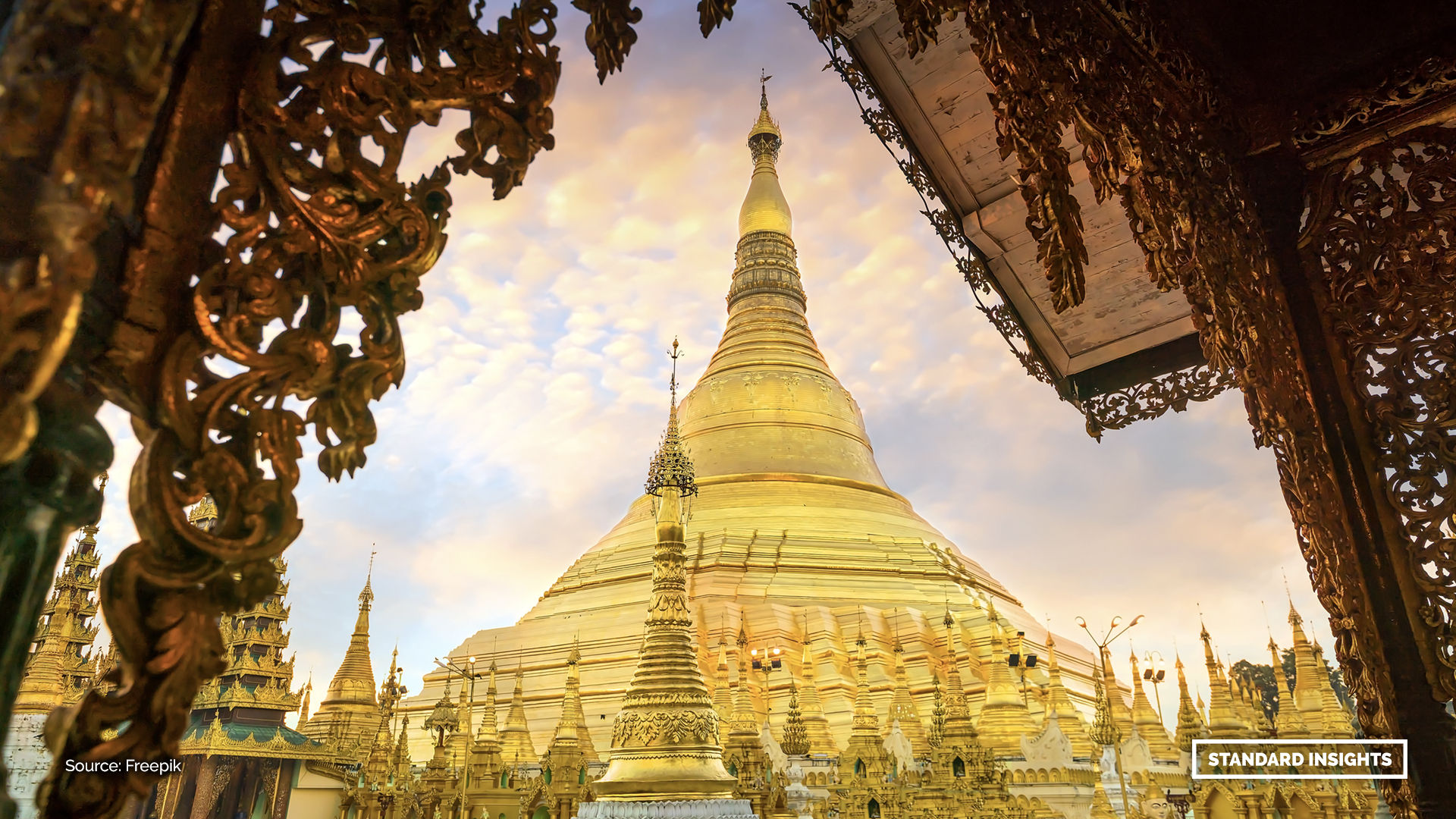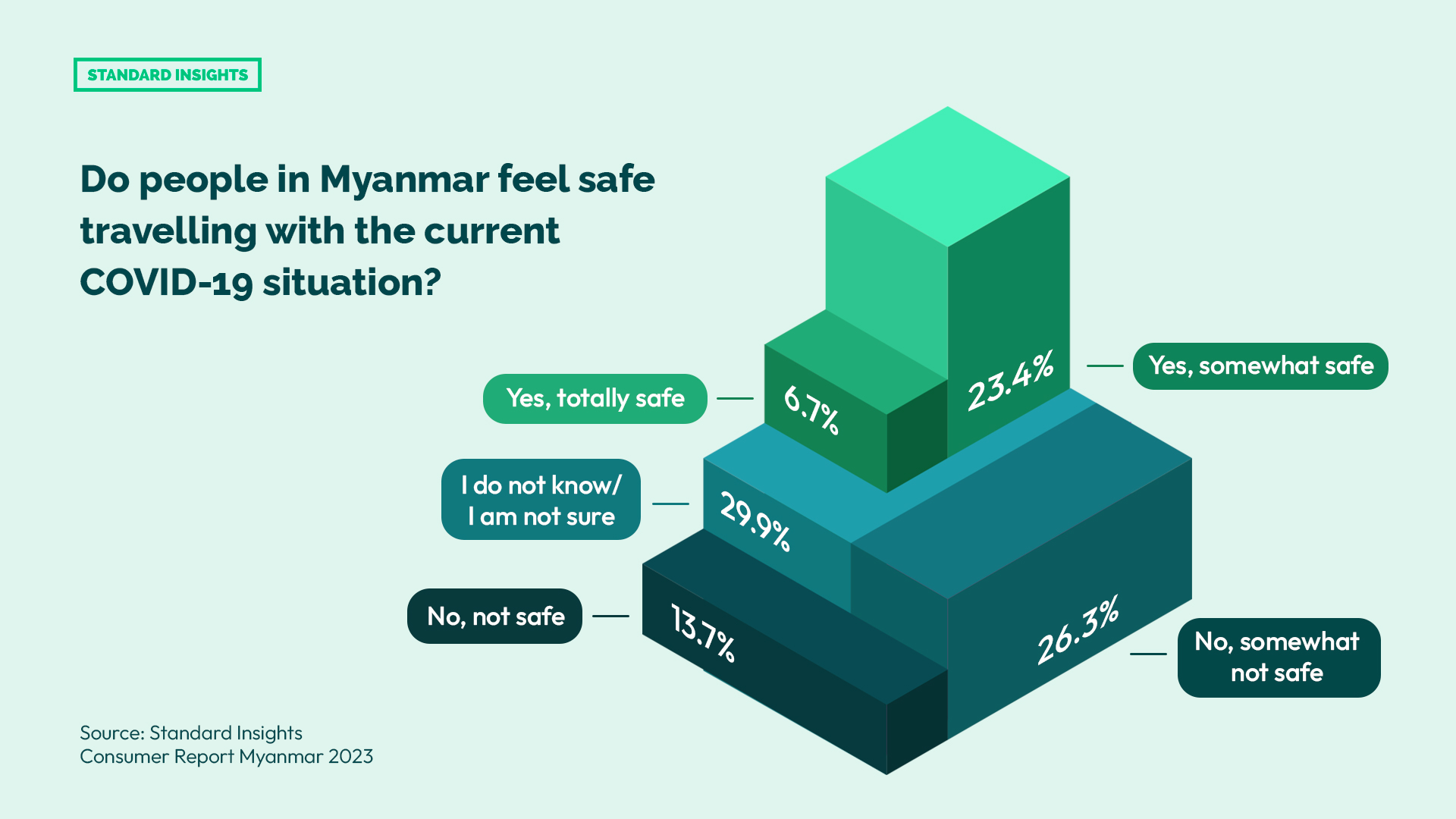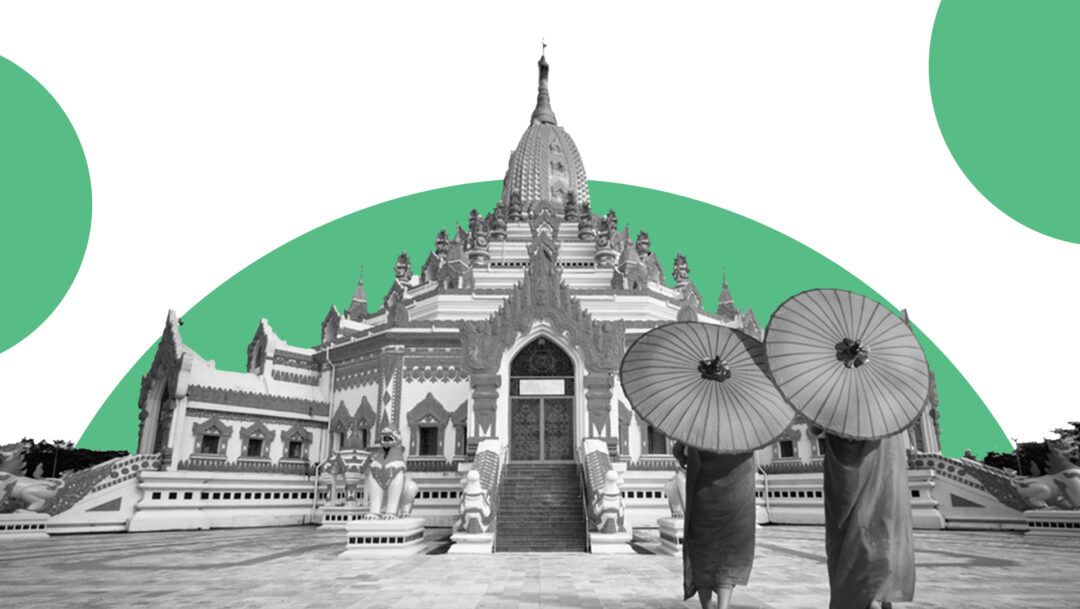Myanmar, a country located in Southeast Asia, is renowned for its natural beauty, rich culture, and ancient traditions. While the country holds great potential as a tourist destination, tourism in Myanmar lags. Compared to its neighbouring countries, the number of visitors to Myanmar remains relatively low due to the ongoing political upheaval and turmoil. However, in 2011, as Myanmar’s military junta gave way to a civilian government, there was a notable increase in tourism arrivals. By 2012, the country recorded approximately 1,058,995 tourist arrivals, marking a 29.7% growth from the previous year. The subsequent years witnessed a remarkable tourism boom, reaching its peak in 2015 with 4,681,020 arrivals. The country enjoyed a steady influx of foreign visitors until 2020, when the COVID-19 pandemic struck, which was further exacerbated by the challenge caused by the military coup in 2021.
In 2023, Standard Insights surveyed the local Burmese population to understand their thoughts and opinions on travel and tourism in Myanmar. In this article, we’ll delve into the survey results, providing an analysis of the challenges and opportunities that lie ahead for the industry. So, read on to learn more about the views of the local population and gain a better understanding of the state of travel and tourism in Myanmar.
What is Myanmar most famous for?
From the ancient temples of Bagan and Inle Lake to Kyaiktiyo Pagoda and the pristine beaches of Ngapali, Myanmar has something for everyone. Perhaps the most famous attraction is the Golden Shwedagon Pagoda in Yangon. Standing over 300 feet tall and coated with hundreds of gold plates, with the top adorned with over 4,500 diamonds, this symbol of Burmese heritage attracts millions of visitors each year. Other popular places include Mandalay Hill, Mrauk U archaeological site, Kalaw trekking route, and Hpa-an limestone caves.

Aside from its many tourist attractions, Myanmar boasts a range of unique experiences that make it truly special as a travel destination. The country’s friendly locals are renowned for their hospitality and helpfulness, while its cuisine offers a wide range of flavours and dishes. On top of that, Myanmar offers some great value compared to other popular destinations in the region – accommodation, food, and activities are all incredibly affordable. And with plenty of stunning landscapes and ancient towns to explore, Myanmar provides travellers with a truly unique and unforgettable experience.
Myanmar’s distinctive customs and celebrations offer unique insights into the local culture, presenting both challenges and opportunities for businesses looking to expand in the country. Decision-makers should acknowledge the significance of grasping these cultural nuances to formulate informed strategies that resonate with the market and honor local traditions. In 2023, we conducted a survey of over 600 Burmese individuals on Myanmar’s key celebrations, aiming to equip business leaders with information to better meet the needs and preferences of consumers in the country. Download our guide on “Myanmar’s Seasonal Marketing Calendar“ now!
The Economy of Tourism in Myanmar
Tourism in Myanmar is a significant contributor to the country’s economy, generating around 2.50 billion US dollars in 2019 alone, which accounted for 3.8% of its gross domestic product and approximately 2% of all international tourism receipts in Southeast Asia. It is one of the largest industries in Myanmar, providing numerous employment opportunities and driving economic growth while also developing infrastructure throughout the country.
In 2019, Tourism in Myanmar experienced a record high with over 4.3 million foreign tourists, marking the highest number of arrivals in a decade since 2015. However, the COVID-19 pandemic significantly impacted the industry, leading to a sharp decline in international tourism in 2020, with only 903,000 international tourists visiting. This was further compounded by the military coup in 2021, causing fear and uncertainty among travellers, resulting in a staggering drop in tourist arrivals to only 130,947. Despite these challenges, Myanmar has seen a recovery in 2022, with 233,487 international tourists welcomed, indicating an impressive increase of 78.3% from 2021.
Standard Insights’ latest Consumer Report Myanmar 2023, which surveyed over 1,000 Burmese respondents, delves into the population’s travel views and impressions. Remarkably, the findings show that 24.7% of Burmese respondents regard their own country as the ideal travel destination within Asia, indicating significant potential for domestic tourism. Additionally, other popular countries among the respondents include South Korea (17.4%), Thailand (16.6%), Singapore (14.31%), and Japan (14.31%).

Challenges in Myanmar’s Tourism Sector
Although tourism in Myanmar has made significant progress, there is still room for more development and enhancement to unlock its full potential.
1. Health & Safety Concerns
The global pandemic has significantly impacted industries worldwide, and tourism in Myanmar is no exception. Travel restrictions, border closures, and health concerns have limited the number of tourists visiting the country and have forced businesses to adapt to new safety protocols and regulations.
In the same Standard Insights report, approximately 30% of Burmese respondents are uncertain if they feel safe travelling given the current COVID-19 scenario. Meanwhile, more respondents reported feeling unsafe (40.0%) when travelling in the current scenario than feeling safe (30.0%).

2. Infrastructure Development
Infrastructure development is a key challenge for tourism in Myanmar. While some destinations have seen progress, such as the expansion of airports and road networks, much of the country’s infrastructure remains outdated and inadequate. Poor transport links, limited accommodation options, and lack of access to power are all factors that can make it difficult for travellers to get around easily.
3. Sustainability
Despite recent progress, tourism in Myanmar is still largely unsustainable. Tourism activities can put a strain on natural resources and local communities if not managed properly.
Tourism-related businesses must comply with national laws regarding labour rights and environmental protection standards – something that has been neglected in some parts of the nation until recently. By ensuring compliance with these regulations, tourism operators can ensure their business meets global standards for responsible tourism while protecting local communities from exploitation or environmental damage caused by tourism activities.
Addressing these issues will require significant investment from both private enterprises and governments at all levels, but doing so will help Myanmar unlock its full potential as a tourism destination while also improving the quality of life for its citizens. With strong commitment from stakeholders across the industry, tourism in Myanmar can reach new heights while contributing positively towards sustainable economic growth in the long run.
4. Political Instability and Security Concerns
Political instability and security concerns are major challenges facing tourism in Myanmar. The military coup that took place in February 2021 and the subsequent protests have resulted in widespread unrest, leading to concerns among potential tourists about safety and security. The political upheaval has also hurt the country’s reputation, potentially dissuading visitors from coming.
Furthermore, ethnic conflicts and tensions in some areas of the country have made travel to these regions risky, further limiting the potential for tourism development. While Myanmar has made progress in resolving some of these conflicts, there are still areas of the country that are not fully secure and where travel is not recommended.
Government Tourism Revival Efforts
Myanmar has been working hard to revive its tourism industry, which has been severely affected by both the COVID-19 pandemic and political instability. One way it has done this is by participating in the 50th meeting of the Greater Mekong Subregion Tourism Working Group and the Mekong Tourism Coordinating Office board meeting. These forums provide an opportunity for Myanmar to promote itself as a tourist-friendly destination and improve the overall visitor experience.
In addition, Myanmar has resumed international flights and is focusing on attracting tourists from ASEAN countries. The government has reinstated a visa exemption for travellers from ASEAN countries, and tourists from 100 countries can apply for the Tourist eVisa. Moreover, the Ministry of Immigration and Population has allowed ordinary passport holders from Brunei, Cambodia, Indonesia, Laos, Philippines, Thailand, and Vietnam to stay for up to 14 days if entering and departing from Yangon, Mandalay, or Nay Pyi Daw international airports. These efforts demonstrate Myanmar’s commitment to revitalizing its tourism industry and welcoming visitors from around the world.
Conclusion
Despite challenges like health and safety concerns, infrastructure development, sustainability, and political instability, Myanmar has seen a recovery in 2022 with an increase in international tourists, highlighting the potential for continued growth in the tourism industry. By receiving support from the government and private investors, tourism in Myanmar can be developed in a way that benefits local communities while also contributing to the global tourism industry.






